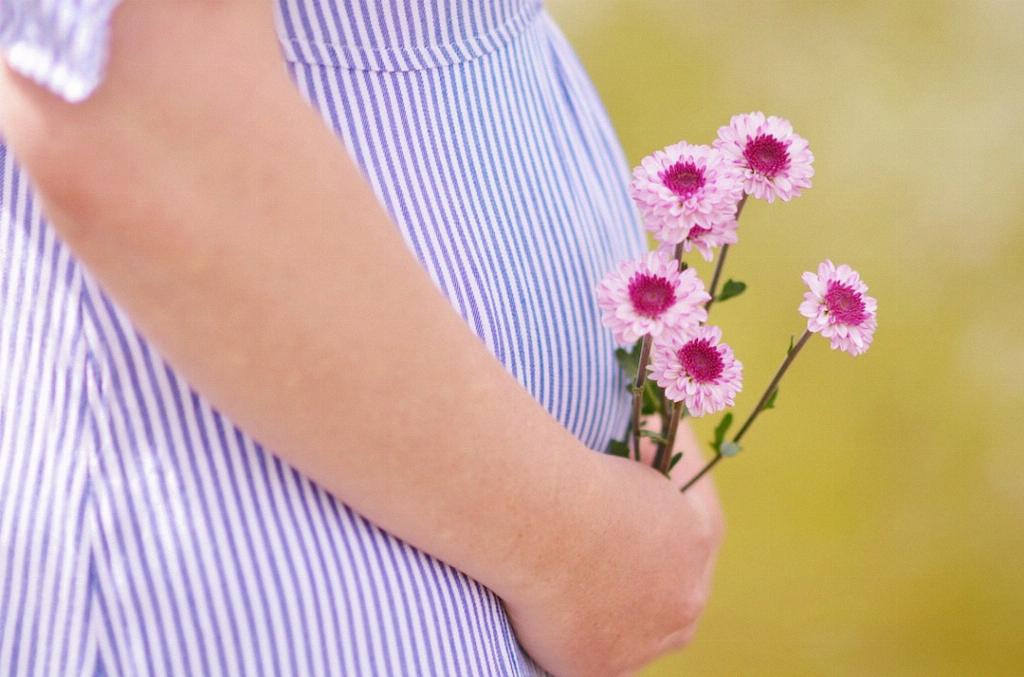Embarking on the journey of pregnancy is an exceptional experience filled with excitement, anticipation, and a myriad of physical changes. One noticeable transformation that often captures the attention of soon-to-be mothers is the development of a baby bump. The question of whether you should have a bump at 5 months pregnant is a common query among expectant mothers.
The Second Trimester Milestone
Typically, the second trimester serves as a significant milestone in pregnancy, characterized by the commencement of visible changes in a woman’s body. Between the 16th and 20th week of pregnancy, many women start noticing the emergence of a pregnancy bump as a tangible representation of their growing baby.
Variability in Bump Appearance
It’s important to note that the timeline for when a baby bump becomes noticeable can vary from person to person. While some women proudly display their bumps during the second trimester, others may not prominently show until later stages, such as the end of the second trimester or even early into the third trimester.
Factors Affecting Bump Size
Several factors can influence the size and visibility of your baby bump at 5 months pregnant. Your height, weight, muscle tone, and the position of the uterus can all play a role in how pronounced your bump appears. Additionally, if it’s your first pregnancy, your abdominal muscles may be stronger, which could affect the timing of when your bump becomes apparent.
Embracing Individual Differences
It’s crucial to remember that every pregnancy is unique, and there is no one-size-fits-all answer when it comes to the timing of when your bump will show. Comparing your bump to others or adhering strictly to timelines outlined in pregnancy guides may lead to unnecessary stress or apprehension.
Meeting with Your Healthcare Provider
If you have concerns about the size or visibility of your bump at 5 months pregnant, it’s advisable to consult with your healthcare provider. They can offer personalized guidance based on your specific circumstances and address any questions or worries you may have regarding your pregnancy progress.
Monitoring Baby’s Growth
While the presence or absence of a bump is a visible aspect of pregnancy, the most crucial factor is ensuring that your baby is growing and developing healthily. Regular prenatal check-ups, ultrasound scans, and discussions with your healthcare provider can provide insight into your baby’s progress and overall well-being.
Emotional Impact of Bump Size
It’s natural for expectant mothers to experience a range of emotions related to the size or visibility of their baby bump. Some may feel elated at the sight of a growing bump, while others may feel self-conscious or anxious about its appearance. It’s essential to prioritize self-care and seek support if these feelings become overwhelming.
Celebrating Your Pregnancy Journey
Regardless of the size or timing of your baby bump’s appearance, it symbolizes the remarkable journey of motherhood and the incredible process of carrying and nurturing a new life. Embrace the changes happening within your body as a testament to the beauty and strength inherent in pregnancy.
Conclusion: Trusting Your Body’s Journey
In conclusion, the question of whether you should have a bump at 5 months pregnant is subjective and dependent on various factors unique to each individual. Trust in your body’s innate ability to guide you through this transformative time, and remember that the size or visibility of your bump does not define the significance of your pregnancy experience.

